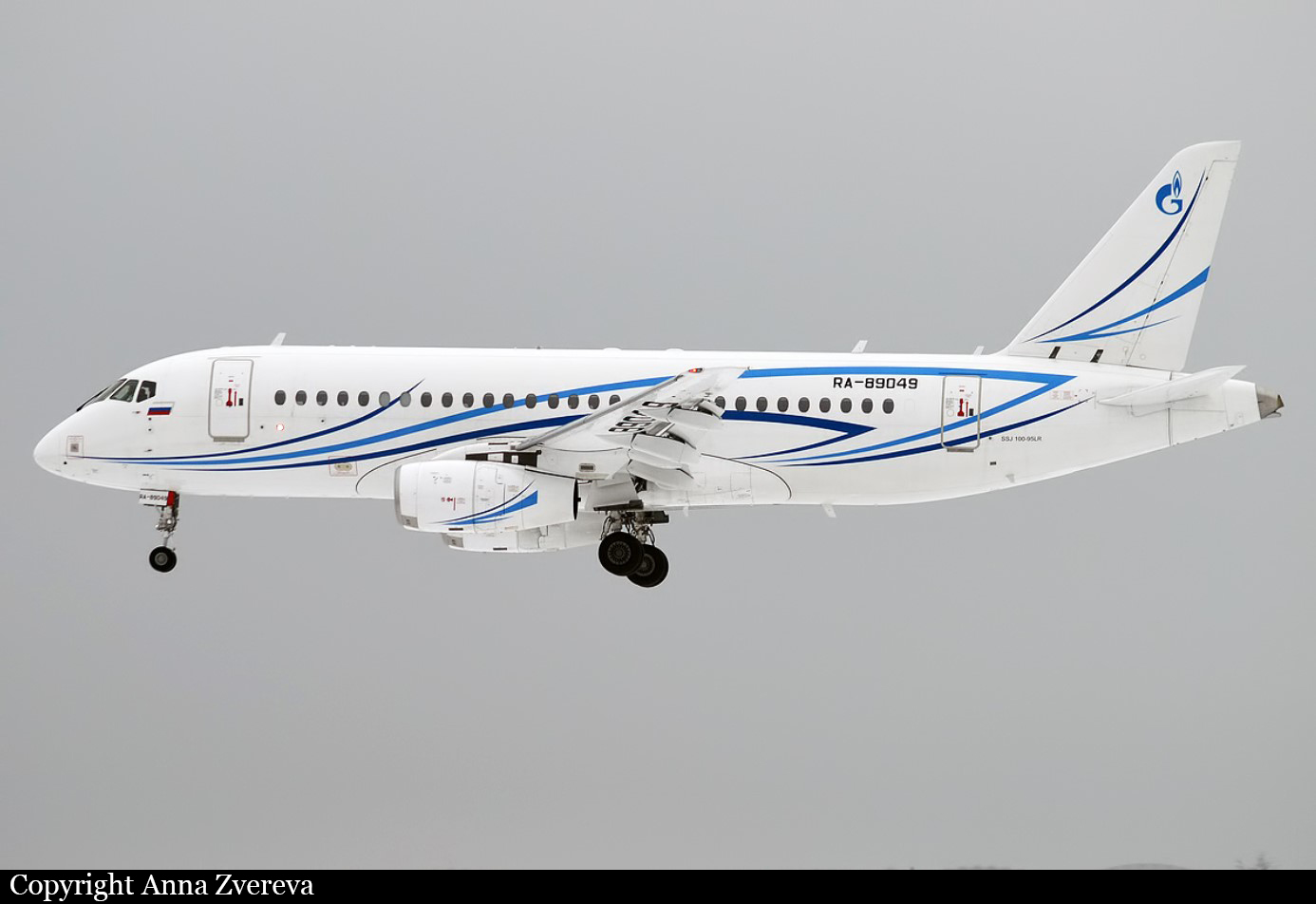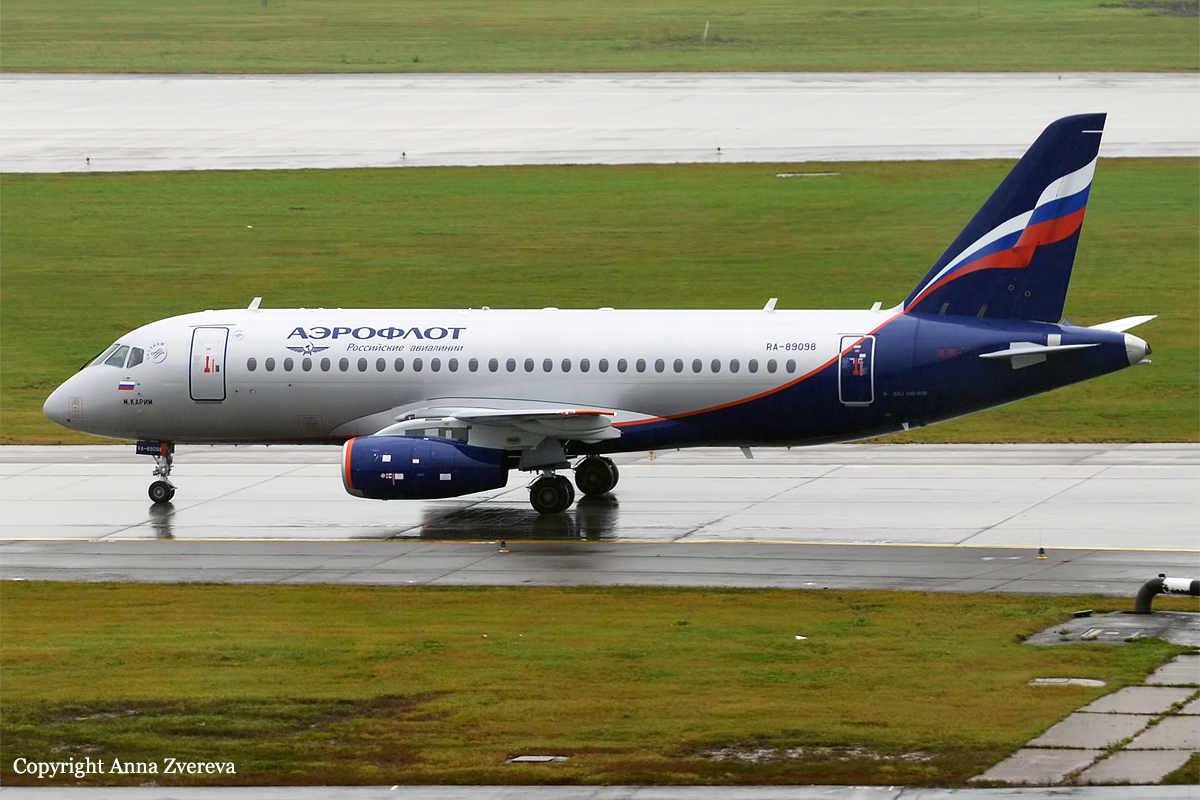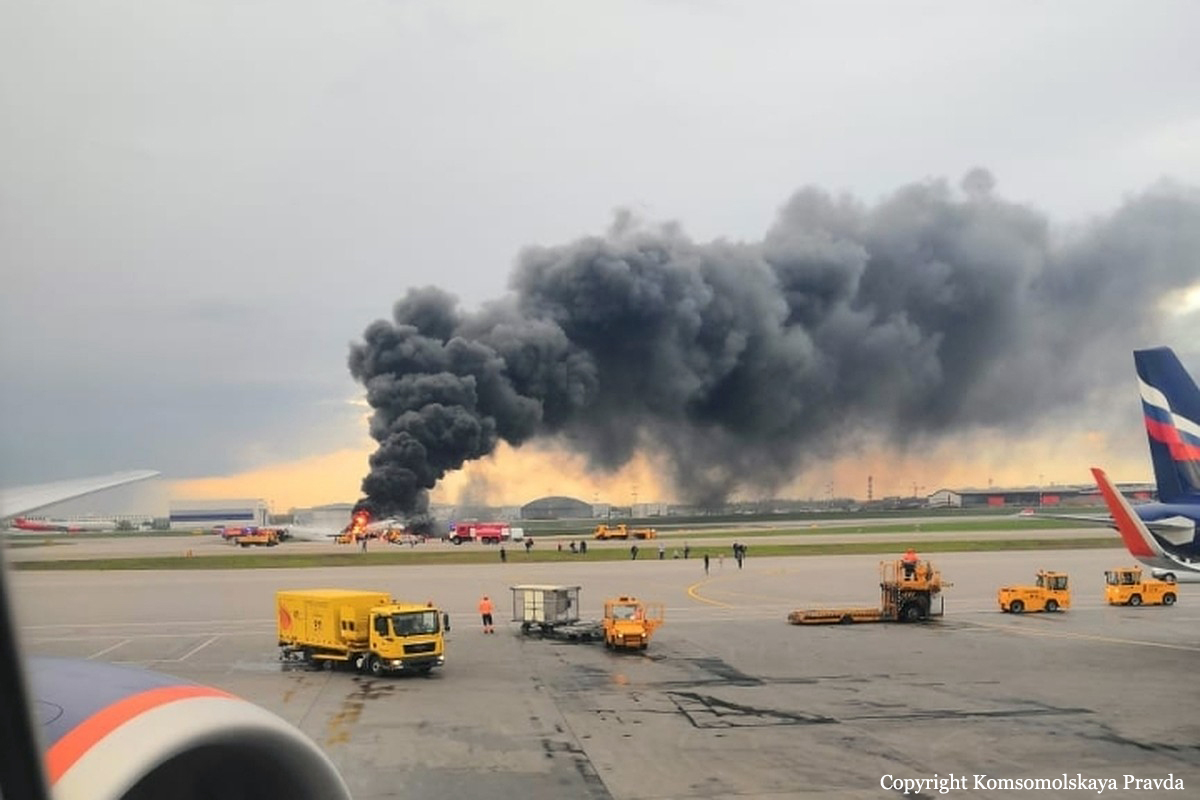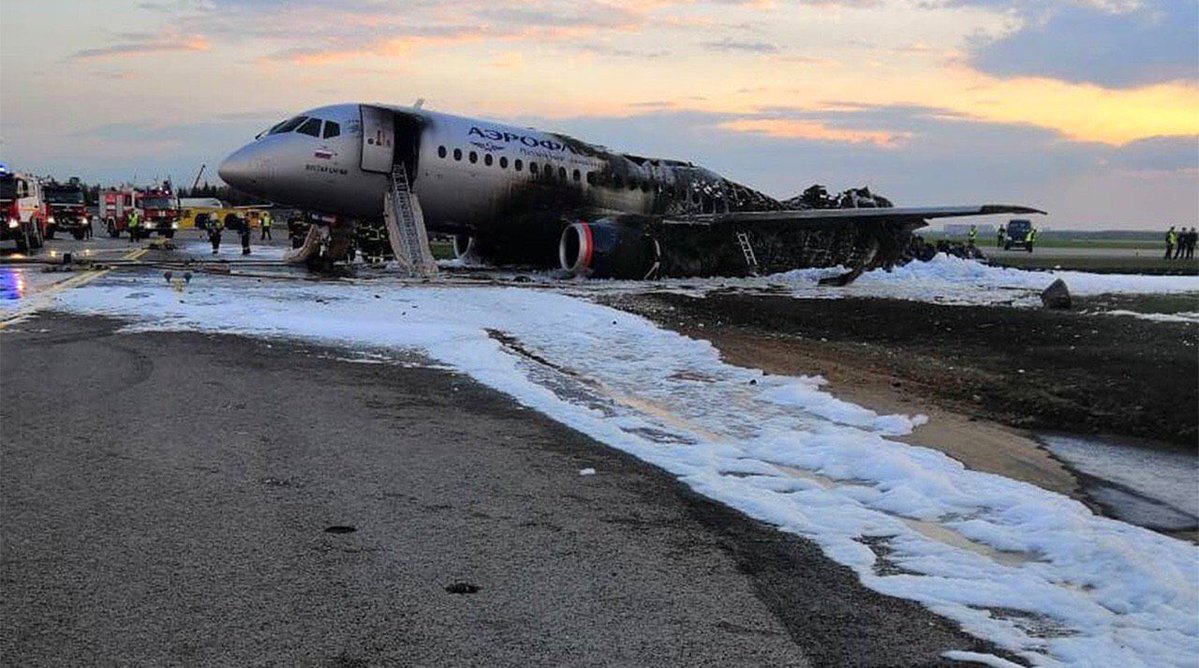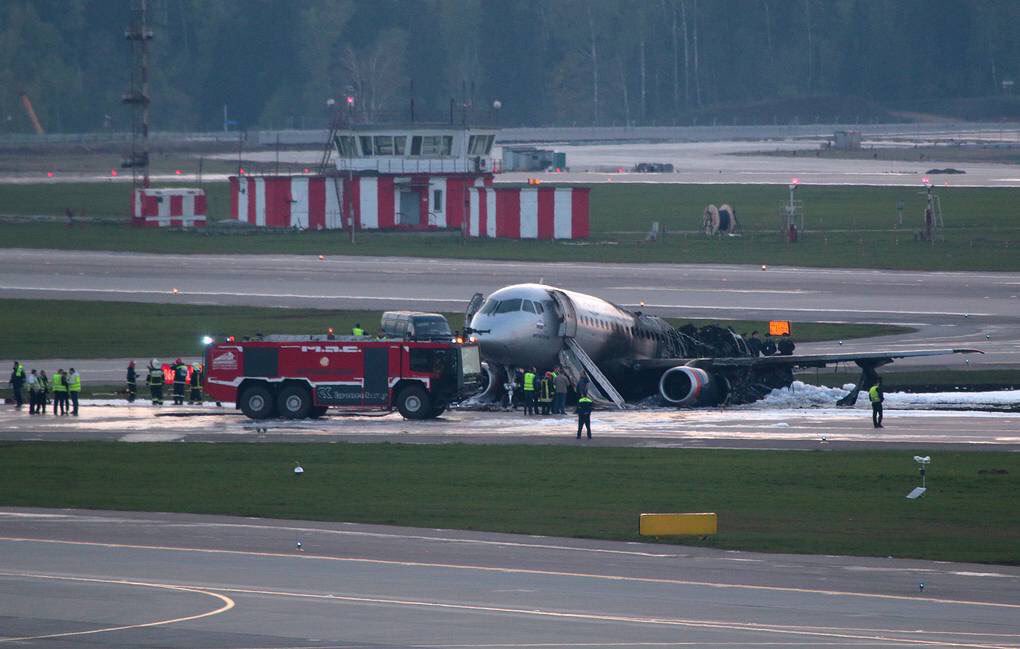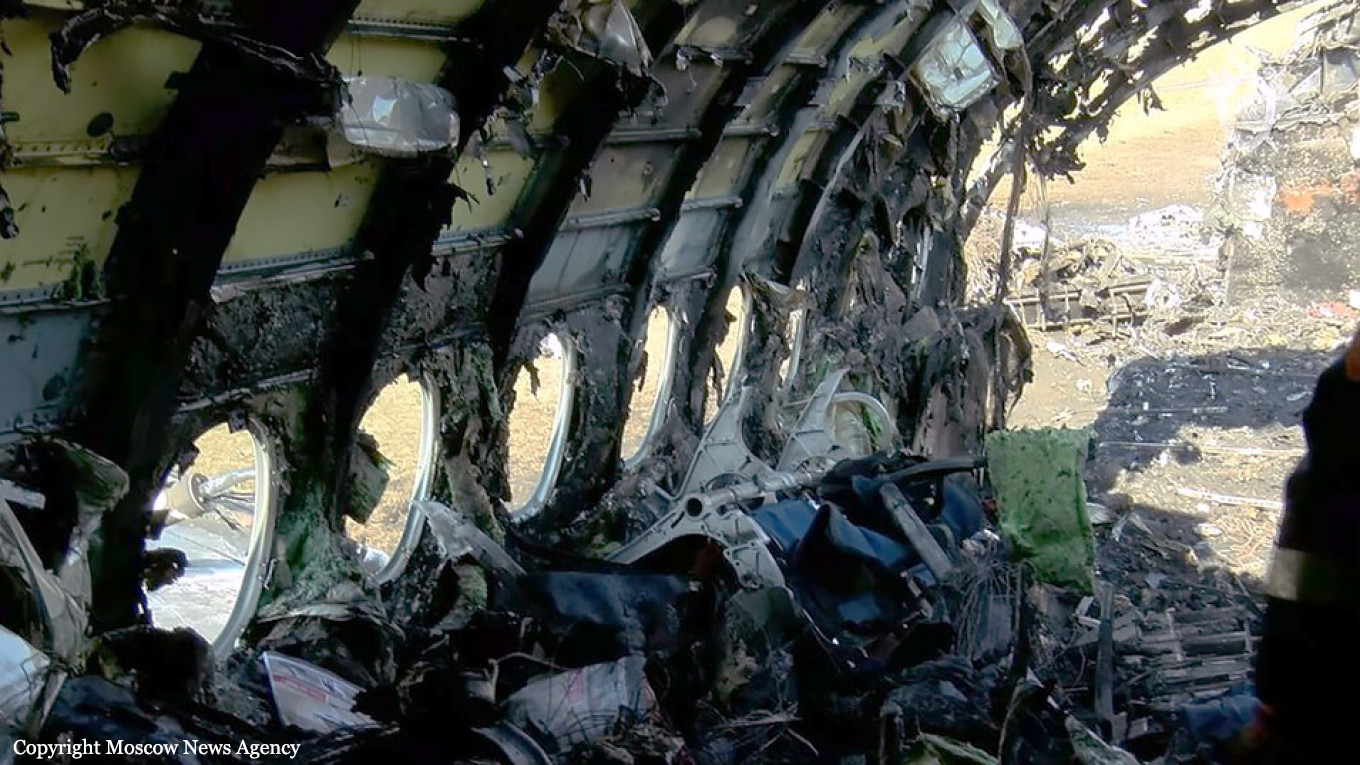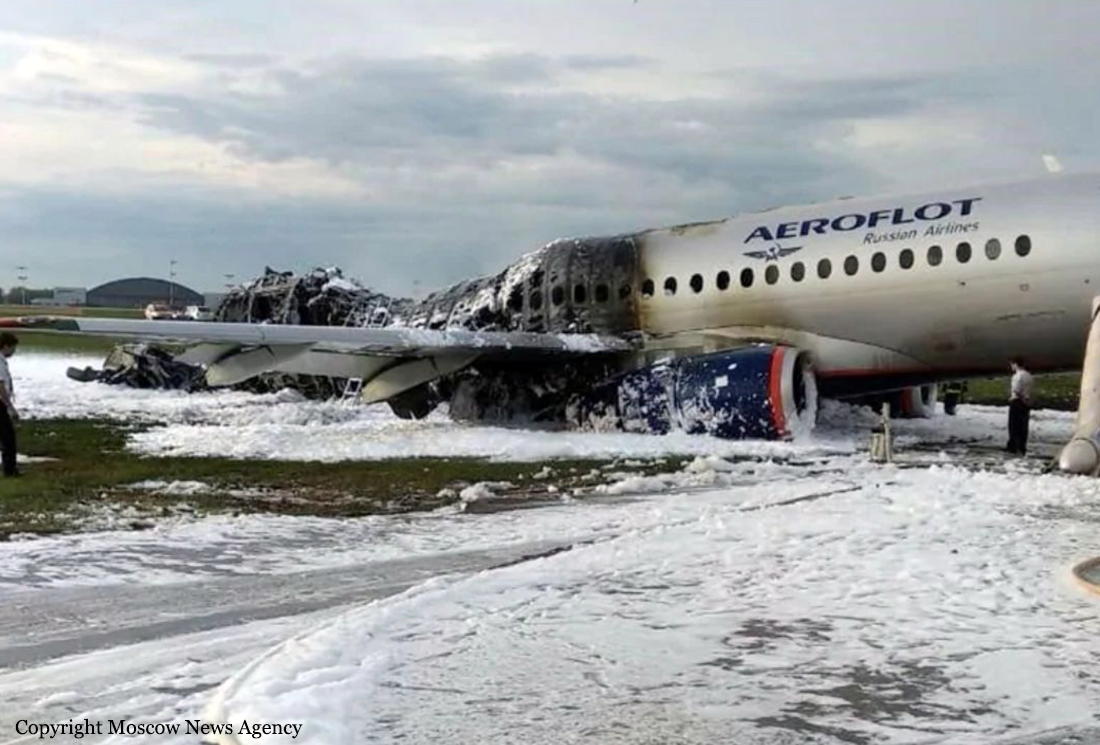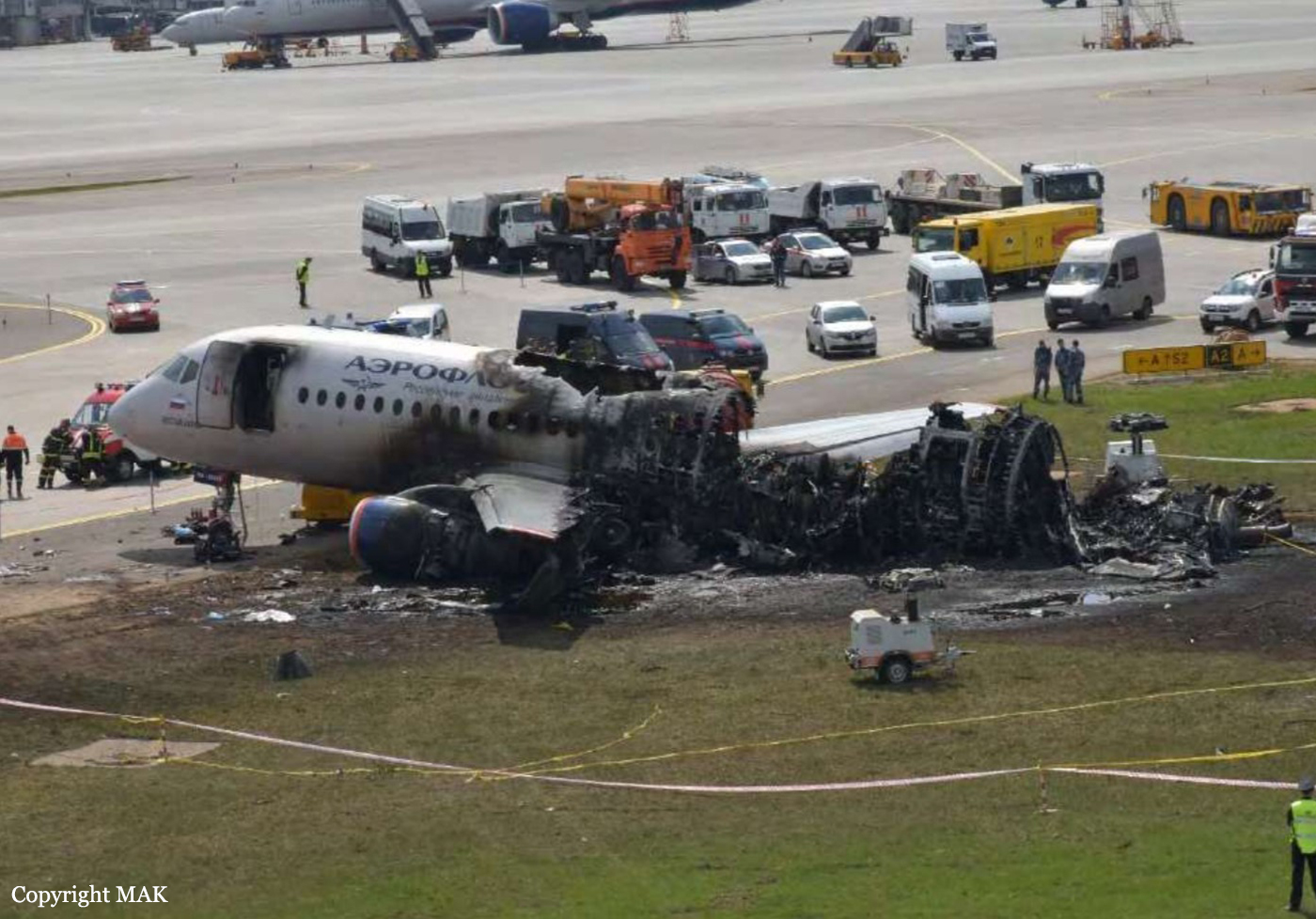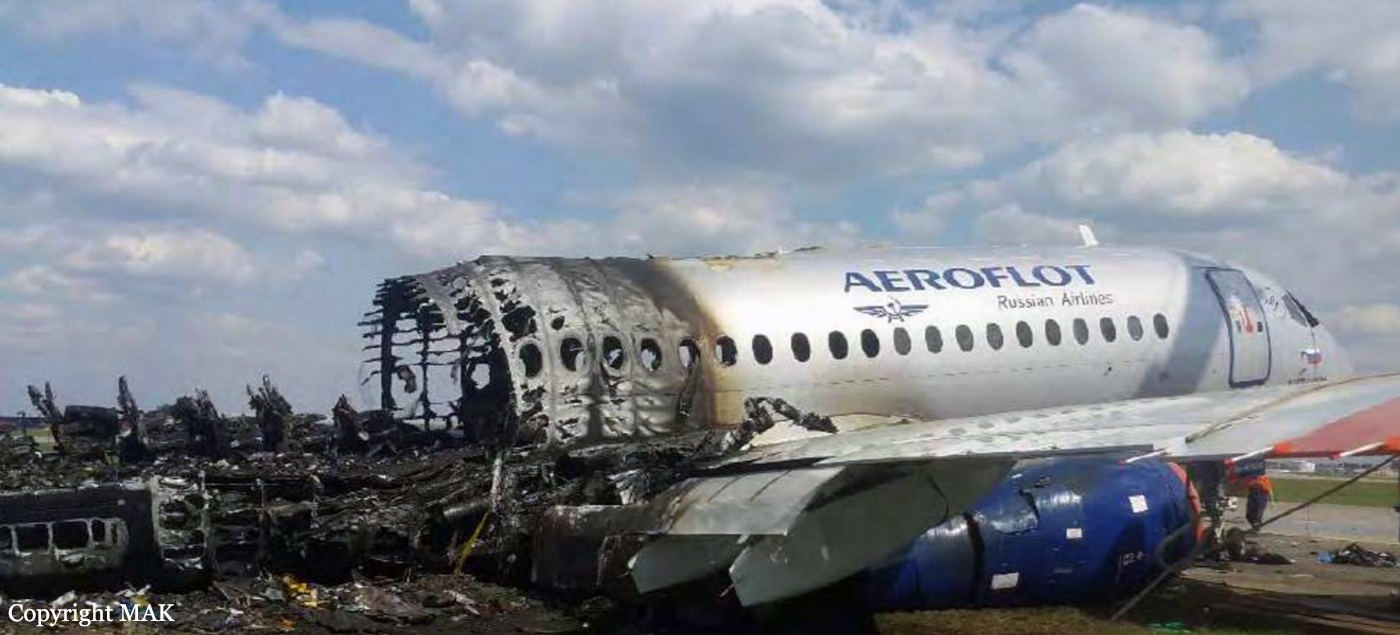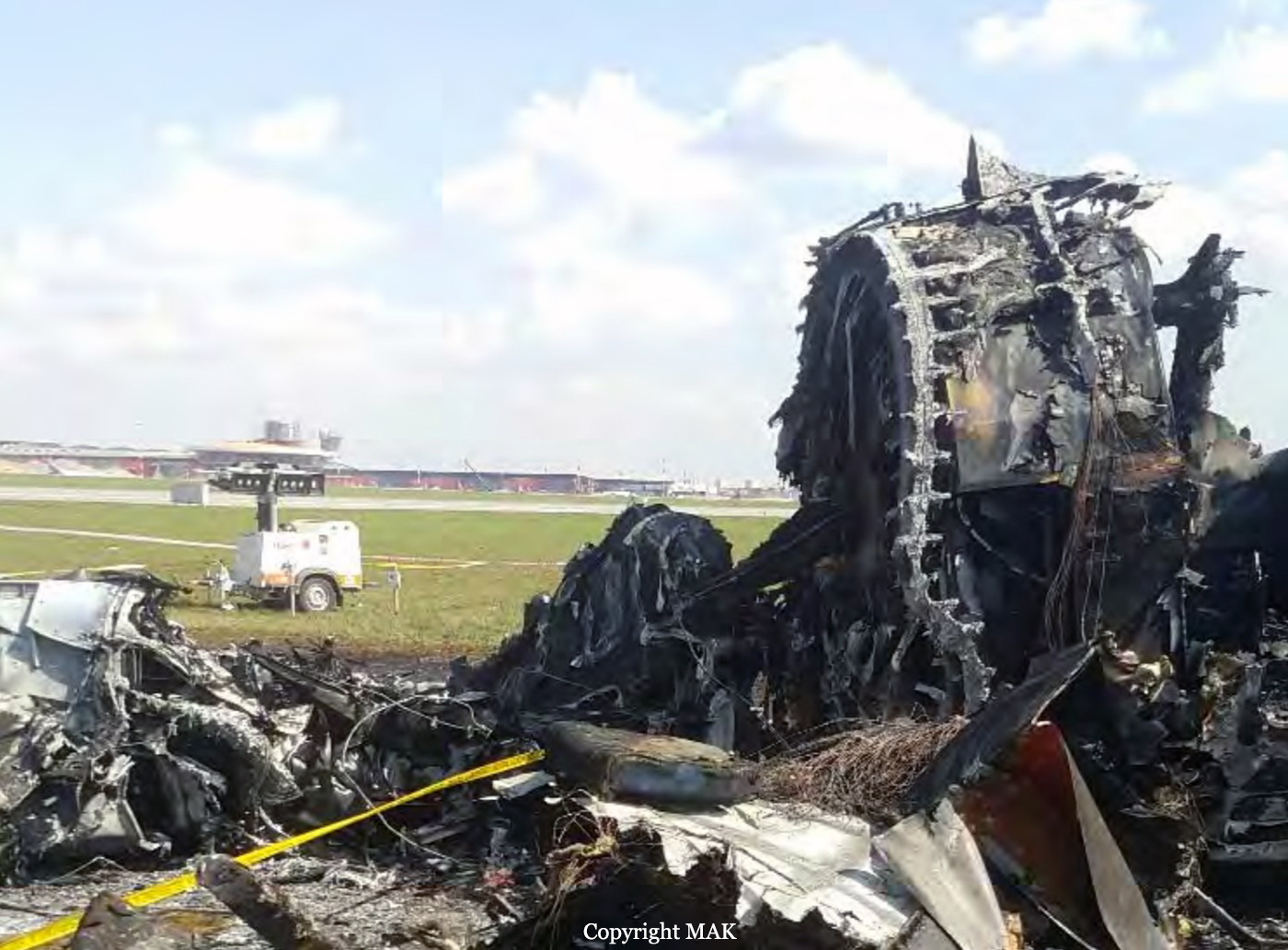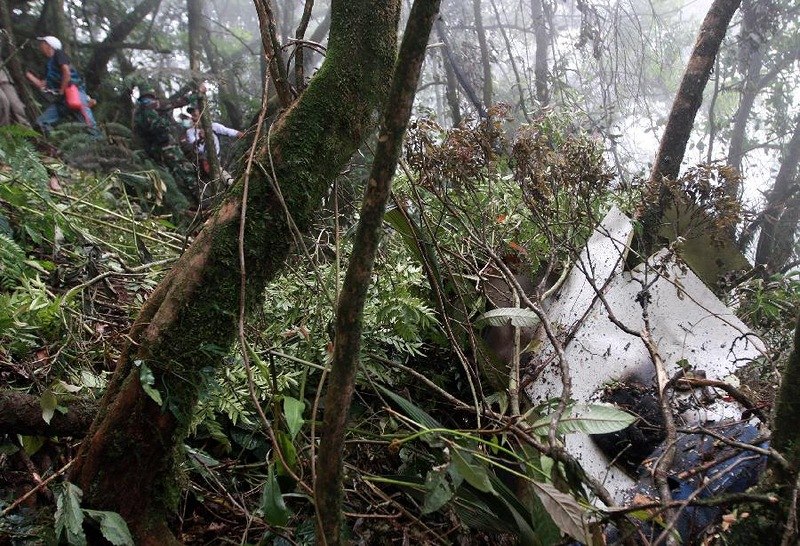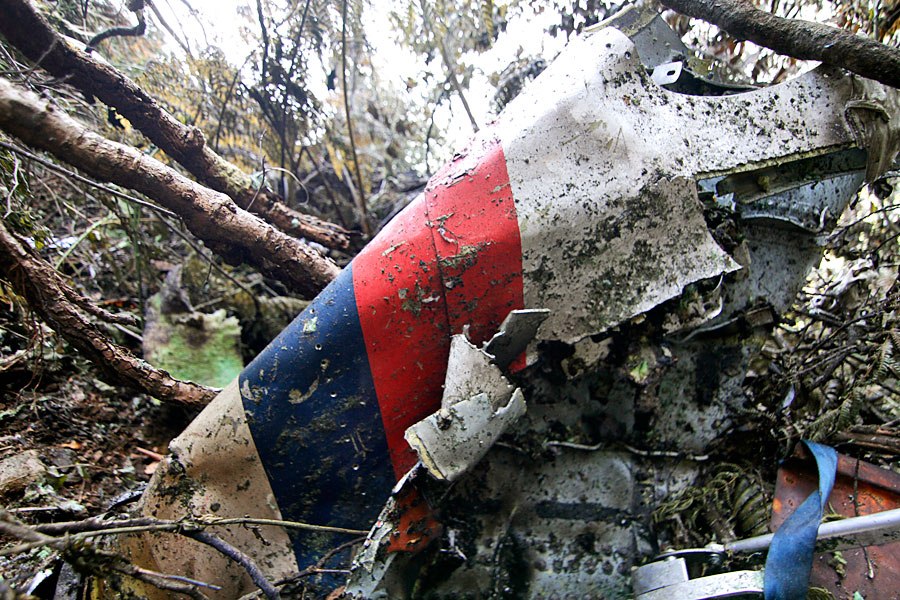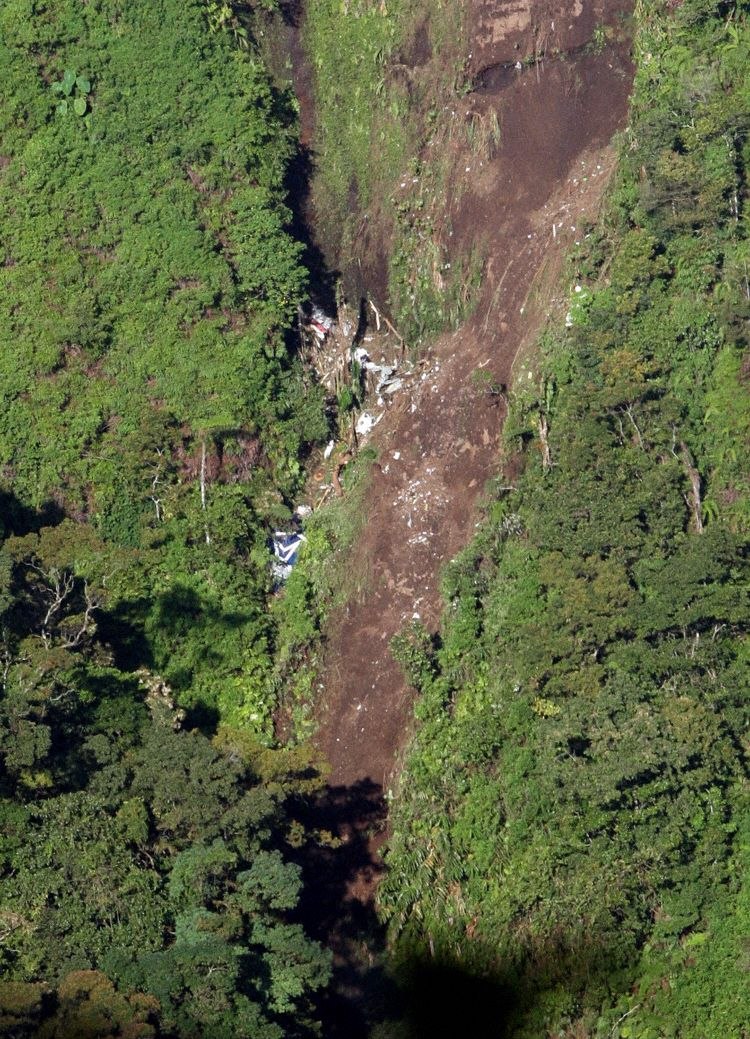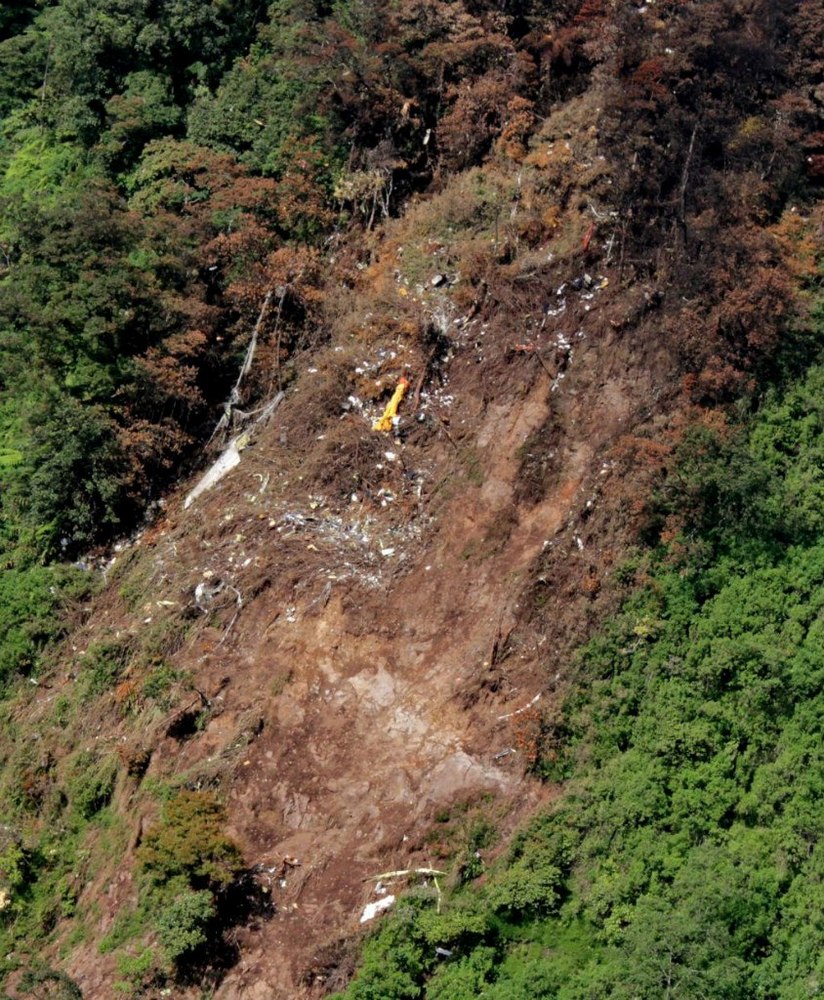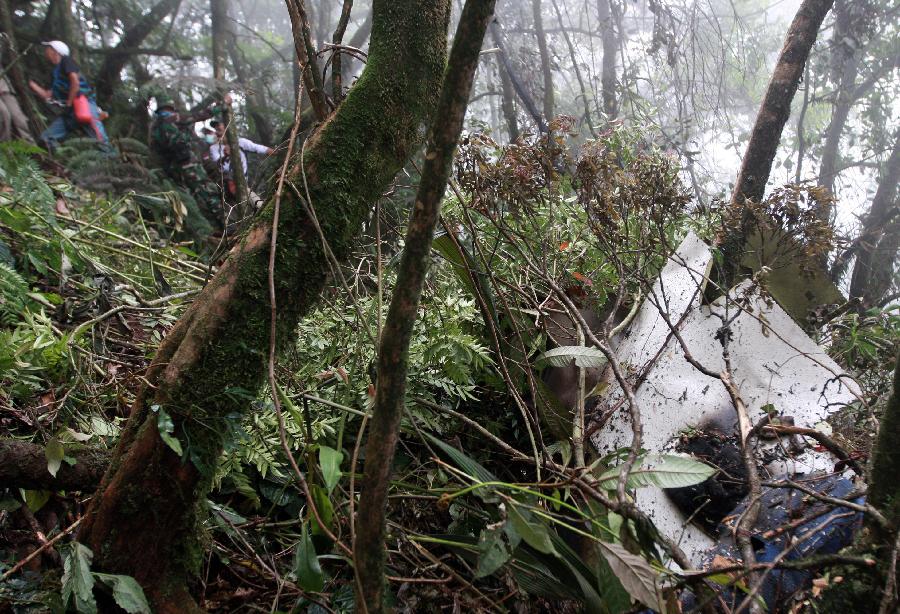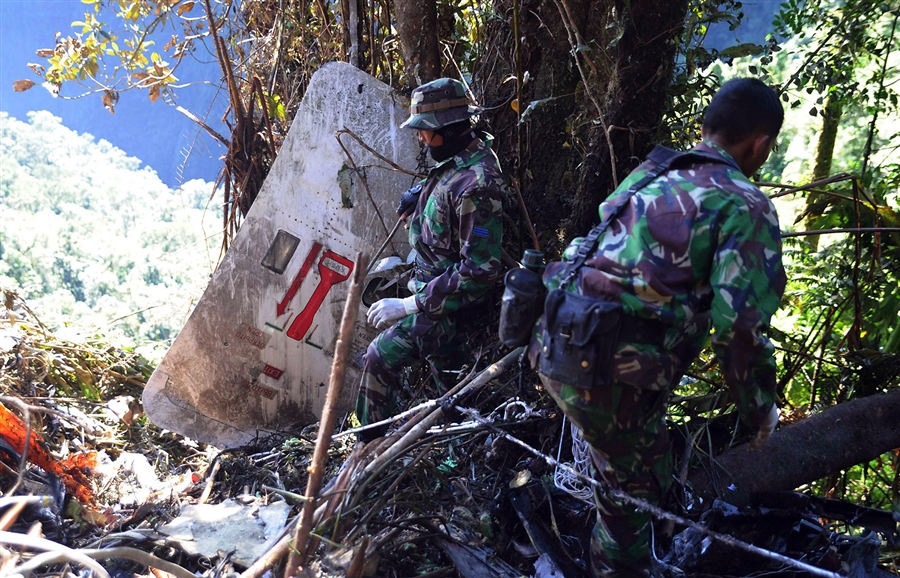Crash of a Sukhoi Superjet 100-95LR near Bokovo-Akulovo: 3 killed
Date & Time:
Jul 12, 2024 at 1500 LT
Registration:
RA-89049
Survivors:
No
Schedule:
Lukhovitsy - Moscow
MSN:
95078
YOM:
2014
Crew on board:
3
Crew fatalities:
Pax on board:
0
Pax fatalities:
Other fatalities:
Total fatalities:
3
Circumstances:
The airplane departed Lukhovitsy-Tretyakovo Airport at 1452LT on a ferry flight to Moscow-Vnukovo Airport, carrying a crew of three. About eight minutes after takeoff, it entered an uncontrolled descent and crashed in an almost vertical attitude in a dense wooded area located near the village of Bokovo-Akulovo, some 37 km northwest of Tretyakovo Airport. The airplane disintegrated on impact and all three crew members were killed. The airplane was ferried back to Moscow following a maintenance program at Tretyakovo Airport.
